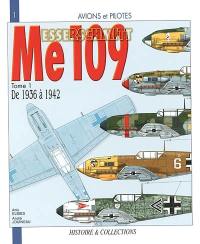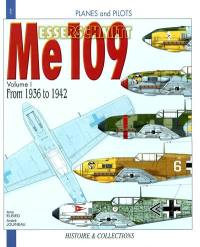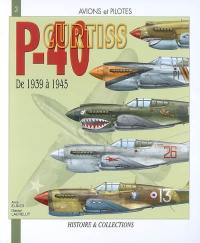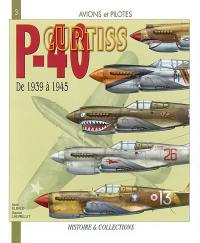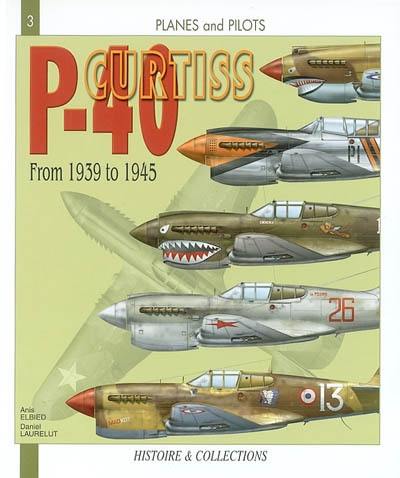
Fiche technique
Format : Broché
Nb de pages : 82 pages
Poids : 400 g
Dimensions : 20cm X 24cm
EAN : 9782913903470
The Curtiss P-40
from 1939 to 1945
Quatrième de couverture
The story of the P-40 is closely linked to the difficulties that faced the Allies confronting the Axis powers at the beginning of the war. Although it was never an exceptional thoroughbred aircraft like the P-51 for instance, in the West the P-40 is remembered as one of America's most numerous and reliable fighters; in the East it was the destroyer of the Zero - a reputation carefully orchestrated by American propaganda and the statements of certain pilots - with Claire Lee Chennault's famous Flying Tigers in 1941-42. Although the P-40 never actually faced the Zero over China and Burma, the Zero was far better for its reputation than were the Claudes, the Hayabusas and the twin-engined planes which were its daily lot. When the United States entered the war following the attack on Pearl Harbor on 7 December 1941, the P-40 was the mainstay of the US Army Air Force. These machines - P.36s and P-40B/Cs - lined up on Wheeler and Bellows Fields without fuel and ammunition, inauspiciously inaugurated the fighter's career in American colours by getting shot up on the ground by the Japanese.
Its strong and reliable airframe, driven by an Allison engine which was also used on the P-39 and P-38, had originally been designed to take a radial engine which had already been mounted on its immediate forerunners, the P-36 and H-75 and did not change very much as far as its general silhouette was concerned until the end of the war when the last experiments tried to make an exceptional fighter out of it, at a time when the Curtiss firm was running out of ideas and a lot of its projects were coming to nothing.
The P-40 was a combination of both elegant and squat lines which gave it that peculiar look which its large intake did nothing to improve. It was a «man's» plane, needing a firm hand.





